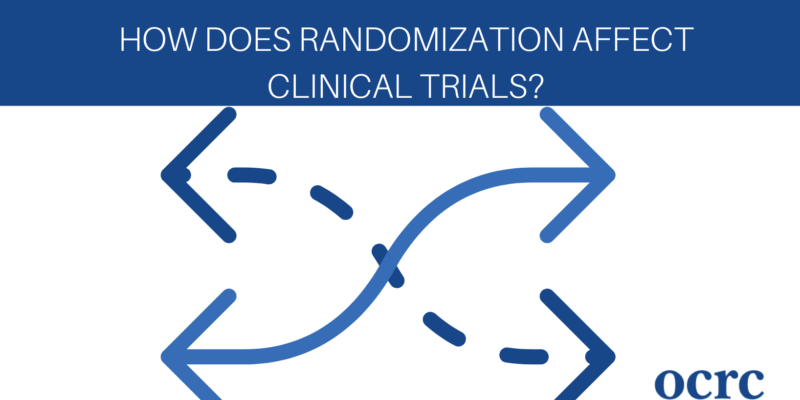
Scientific validity is a top priorty in clinical trials and thus, methodologies and processes are essential to the overall success of the study. Clinical trials are typically conducted by comparing two medical treatments—with at least one factor being manipulated—in order to test the effectiveness of new and existing treatments.
Often, the test is done to address one of the following:
Superiority: is one treatment better than the other?
Non-inferiority: is one treatment no worse than an already existing one?
Equivalence: are the two treatments in question essentially the same?
Of course, volunteers are crucial to these clinical trials. Effectiveness of experimental treatments can only be accurately analyzed through the use of human volunteers, who get to play an active role in the development and improvement of treatments.
When assigning either medications or placebos to volunteer groups, there is—ironically enough—a strategy to making sure that the groups are, in fact, completely random.
Participants in each volunteer group should be systematically different in terms of age, sex, diagnoses, or any other factors that may be influential in the clinical trial. This is done in order to ensure scientific validity and minimize any potential bias. For example, without randomization, a researcher may subconsciously decide to offer the new treatment to the group that is more likely to respond well.
While there are some less popular methods of random sampling, the most common randomization methods include simple randomization, block randomization, and stratified random sampling.
Simple Randomization
When you want to choose a card from a deck, or a number from a hat, how do you ensure it’s random? Most likely, you simply make a choice at random… or use a random number generator. Simple randomization is just that: simple. Each individual or group has an equal chance at being selected to either try the new treatment or the placeb. They also have no preconceived ideas about how they will respond.
Block Randomization
Block randomization takes it a step further from simple randomization. Volunteers are randomly separated into groups, or “blocks,” of equal size. Within each of those groups, the treatment is assigned at random to an equal number of people. With this method, there are more opportunities to compare and contrast the placebo-assigned and treatment-assigned participants with several smaller sample sizes instead of one large sample size.
Stratification Randomization
With this method, volunteers are strategically categorized into groups based on certain criteria, such as age, sex, or diagnosis. Once they are split into groups, simple randomization allows a selection of an even number of participants from each group. This is often used to ensure that sample groups do not overlap. This also ensures that the results are as close as possible to being truly representative of the sample population.
ClinicalTrials.gov and CenterWatch.com provide listings for clinical trials which are recruiting participants. Your own doctor and/or community hospital may also be involved in clinical studies and trials. Additionally, you can always contact us to inquire about current research volunteer opportunities.
